What is The Favela Stock Exchange in Brazil?
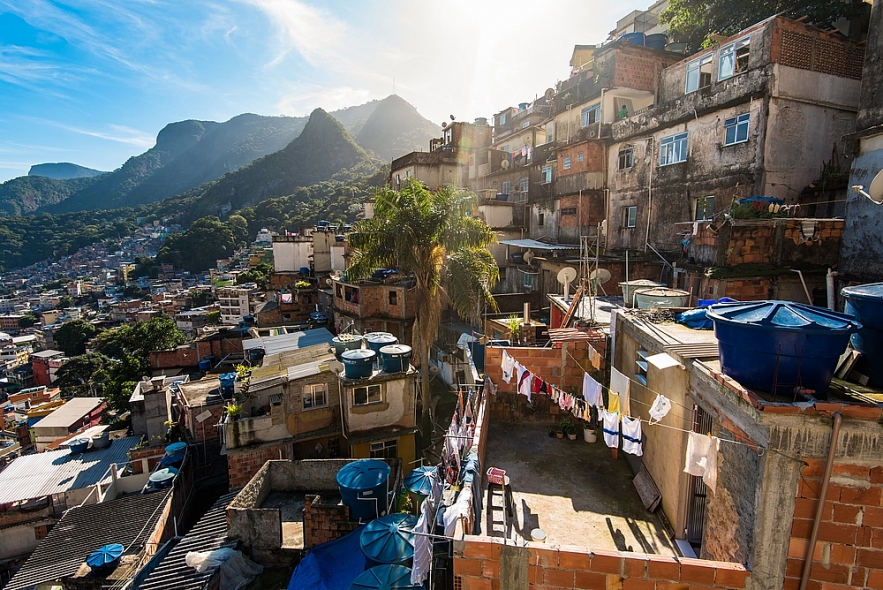 |
| Brazil’s favelas join forces to create their own stock market |
The top 10 largest favelas (G10 Favelas) in Brazil created their own Stock Exchange, with which they intend to make local businesses flourish andopen the doors to investors of all the world.
At the entrance to the Pabellón Social de Paraisópolis, the second largest favela in San Pablo, there are no statues of golden bulls. Around it, instead of glass-enclosed skyscrapers, there are dozens of huddled bare brick houses and a maze of concrete alleys.
Inside, the only visible sign of the recently inaugurated Stock Exchange of the Favelas (Slum Stock Exchange) is a bell mounted on one of the walls.
What is G10 Favelas and the First Company
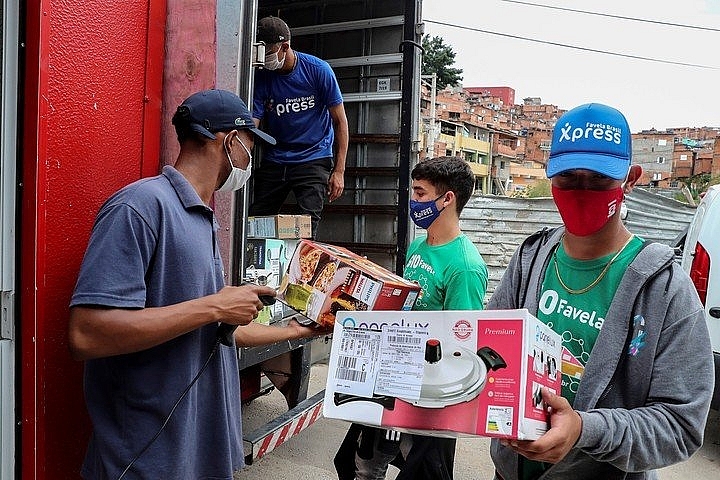 |
| The Favela Brasil Xpress company, the first to be listed on the Paraisópolis Stock Exchange, the second largest favela in São Paulo, Brazil. Photo: EFE |
Behind this revolutionary initiative is the G10 Favelas, an organization comprising community leaders and entrepreneurs from Brazil’s 10 largest favelas, including Paraisopolis and Rio de Janeiro’s Rocinha.
To get the project off the ground, G10 turned to DIVI-hub, a digital crowdfunding platform that secured authorization from Brazil’s CVM securities agency to act as regulator of the new exchange.
Any start-up based in a favela is welcome to participate.
With shares priced at 10 reais (just under $2), even poor and working-class people have an opportunity to become investors.
The first company to be listed on the week-old exchange is Favela Brasil Xpress, whose founder and CEO, Givanildo Pereira, sought to address the difficulties favela residents encounter in getting their online orders delivered. Its founder and CEO is 21 years old and his name is Givanildo Pereira.
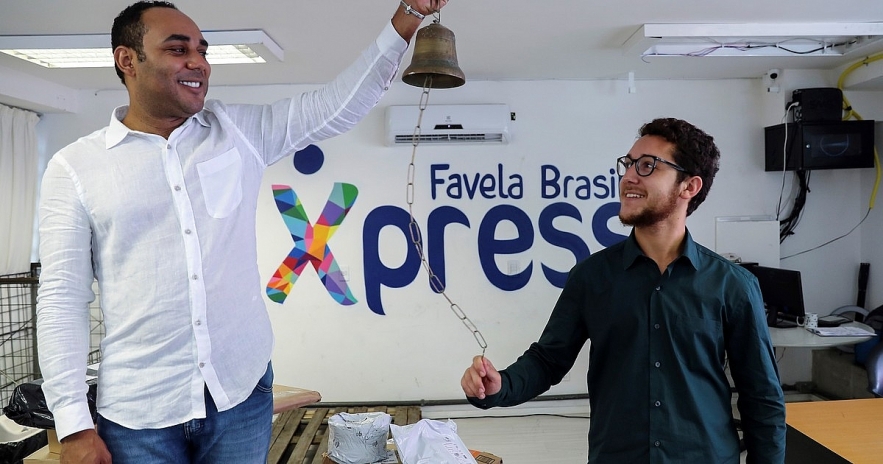 |
| The largest favelas in Brazil join forces to create their own Stock Exchange |
Traditional delivery companies shy away from the favelas, which lack an ordered system of street addresses and have a reputation for being crime-ridden. Where the established firms saw problems, Pereira, 21, glimpsed an opportunity.
Ultimately, he secured a loan of 15,000 reais ($2,700) from the G10 Bank, an early venture of G10 Favelas, and with that money Pereira was able to buy equipment and hire employees.
Favela Brasil Xpress now operates in seven favelas in Sao Paulo and Rio and Pereira is hoping to capture 1.3 million reais ($230,000) from the IPO to finance further expansion.
Consultants Data Favela and Locomotiva estimate that the nearly 14 million inhabitants of Brazil’s favelas represent 119.8 billion reais ($21.5 billion) in annual purchasing power.
How does 'Favelas Stock Exchange' work?
Launched last week (November 2021), the Favelas Stock Exchange is the result of an alliance with DIVI hub, a popular US financing platform that has received permits from the Brazilian Securities Commission to regulate the shares of listed companies.
“The idea came to create a puente between the ‘start-ups’ and the investors who want to act in the favelas of Brazil “, explained to the Spanish agency Gilson Rodrigues, who at 37 is president of G10 Favelas and community leader of Paraisópolis.
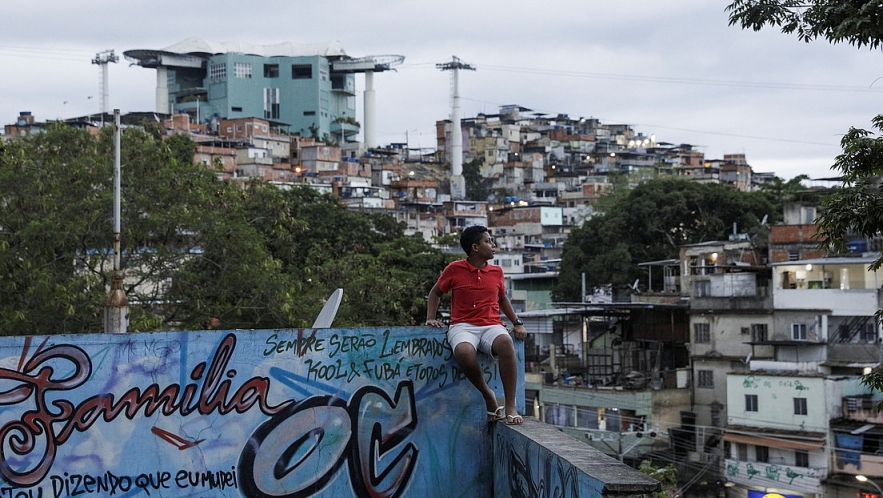 |
| Favelas of Brazil come together to create a stock exchange |
Rodrigues indicated that any Brazilian startup that was born or operates within a favela can participate in this initiative, as well as anyone, rich or poor, detailing that there will be participations starting at 1.78 dollars.
In this digital world is where the stock market moves. But who can participate?
“Any Brazilian start-up, since it has been raised and operates within the favela. It has to follow some regulations, present a plan, register and we open the IPO (public offering of shares),” summarizes Rodrigues.
Anyone, “rich or poor”, he remarks, can invest and buy shares of 10 reais (almost 2 dollars). Shareholders, as in any other stock exchange in the world, will have the right to dividends, company shares or the return on their investment.
Millionaire Potential
According to estimates from the Data Favela and Locomotiva institutes, the inhabitants of the Brazilian favelas, which are estimated at about 14 million people, move approximately $ 21.5 billion a year.
Now with the stock market, the goal is to convert that potential into better living conditions for its population.
“We can be agents of our own transformation,” Rodrigues says with conviction.
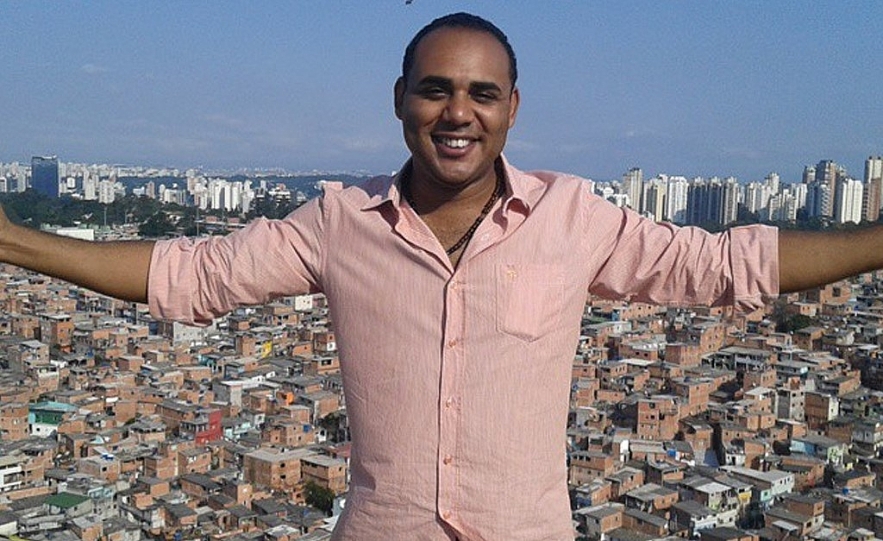 |
| Gilson Rodrigues is the founder of G10 Favelas and the "Favela Stock Exchange" that provides investment opportunities in companies created in favela communities. |
Rodrigues indicated that any Brazilian startup that was born or operates within a favela can participate in this initiative, as well as anyone, rich or poor, detailing that there will be participations starting at 1.78 dollars.
“It is a stimulus for the population of the favela that is suffering two crises, the sanitary [por el covid-19] and the economic, which brings hunger and unemployment, “he continued.” We can be agents of our own transformation, “he said.
What Is a Favela or Slum?
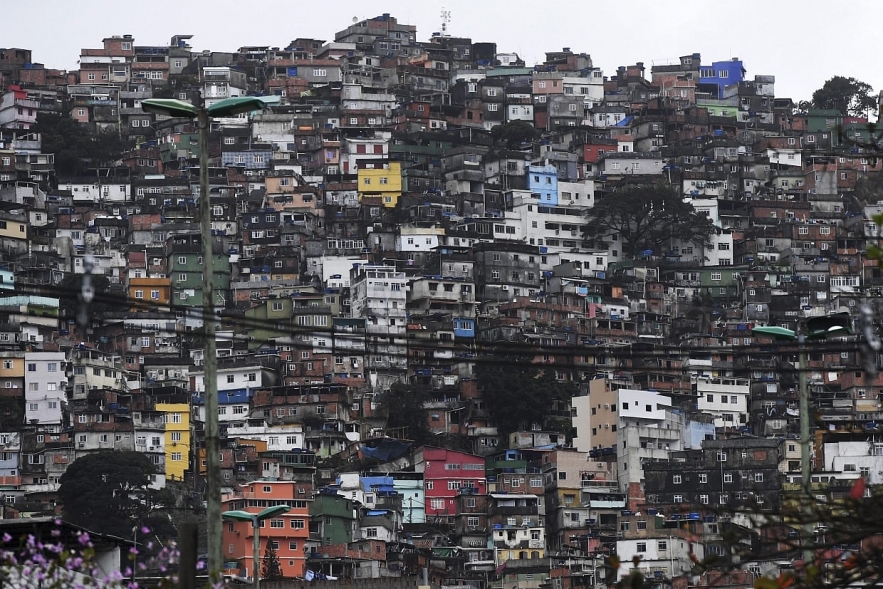 |
| Top Brazil favelas create their own stock market |
After Brazil abolished slavery in the late 1800s, former African slaves gathered in settlements in Rio, the then-capital, creating these cities within the city. While black Brazilians over the years felt pushed out of the downtown, migrants started coming into Rio looking for work in the 1930s and '40s.
They couldn't afford proper housing, and sought refuge in the slapdash dwellings that the government considered illegal.
Many of the areas lacked sanitation and failed to follow building codes.
The government moved in to force the migrants out and into more adequate housing in "proletarian parks," but the initiative failed to eradicate the settlements. During the 1960s, the government again tried to wipe out the favelas, particularly ones near popular tourist destinations. While some of them were eliminated, others only expanded after displaced people moved in.
Today, there are an estimated 1,000 favelas in Rio, and they are home to about 1.5 million people, or close to 24 percent of the city's population, according to the Catalytic Communities, an advocacy NGO.
The favelas are diverse — some have rudimentary infrastructure, while others have homes hooked up to electricity with phones and computers.
"Most favelas lack effective sewage systems, access to potable water and waste management systems," according to the advocacy group The Borgen Project. "The communities have become so densely built up, that modern roads and utilities are nearly impossible to install."
With so many people living in packed and illegal tenements, the communities have become a hotbed for crime and drugs. Many are ruled by drug lords who traffic cocaine and encourage gang violence. The government, however, has embedded military police units to help crack down on illegal activity.
The Oscar-nominated 2002 film, "City of God," brought the ramshackle conditions of favelas to a wider audience. The film takes place in Rio's Cidade de Deus favela — the same community that President Barack Obama visited in 2011.
| “Favela” is a cultural term used in Brazil to describe the country’s shantytowns or slums. Nowadays, some people advocate that this term is diminishing and should be replaced by “comunidades” [communities]. There is no consensus on the origin of the favelas. Some theories defend that they started to spread and grow as a consequence of slavery abolition in 1888 as well as immigration in the 1930s and 1940s. Other research points to a big wave of immigrants leaving the countryside for the cities between 1940 and 1970. |
Interesting Facts about Slums in Brazil
-The common term for a Brazilian slum is a favela. The name originated out of wartime, as soldiers during Brazil’s civil war sought temporary refuge on hills filled with favela plants.
-Favelas grew as migration increased. Since proper housing was too expensive for many immigrants, they turned to the poor, yet cheap, conditions favelas provided on the outskirts of Brazil’s major cities, such as Rio de Janeiro and São Paulo.
-Approximately six percent of Brazil’s population lives in favelas. Today, there are about 1,000 favelas in Rio and 1,600 in São Paulo.
-The typical favela has poor infrastructure, leading to difficulties in electricity and plumbing.
-Disease is also rampant within favelas, as there is no standard for sanitation. Health risks may stem from overcrowding, pollution and a lack of waste disposal systems. Life expectancy within favelas is approximately 48 years, while the national average is 68.
-Poor living conditions within favelas often breed crime. Drug trafficking is common, with most members being young male teenagers, who are four-fifths more likely to die before age 21, Joe Griffin of The Guardian reports.
-Gangs not only initiate wars amongst each other in Brazilian slums, but against police. There have been frequent shootouts between gangs and police, especially during the 2016 Summer Olympics in Rio when the state government was forced to employ numerous police pacification units (UPPs).
-Although UPPs originally heightened safety when initially introduced in 2008, they have recently been the center of much controversy, as civilian deaths have increased as a result of police misconduct.
-Despite these poor conditions, life in favelas is beginning to improve. NGOs, such as Community in Action, are focused on sustainable community development within these Brazilian slums.
-Many houses now have access to new technologies, such as television and the Internet. In addition, small businesses are making progress within their communities, most recently in the area of tourism.
| The Slum Economy According to the United Nations, today, over 1.5 billion people live in informal settlements, and by 2030 that figure could soar to 3 billion. Slums, shanty towns, favelas or informal settlements as they are technically denominated: Kibera, on the outskirts of Nairobi, Kenya, with about 2.5 million people; Dharavi, just outside Mumbai, India at least 1 million; Neza-Chalco-Itza, north of Mexico City, is said to host a staggering 4 million people; Khayelitsha, near the airport of Cape Town, South Africa, has 1.2 million. Cité Soleil, Haiti’s largest slum, just outside the capital city Port-au-Prince, 240,000; Makoko, next to Lagos, Nigeria, has over 100,000; Rocinha, one of Rio de Janeiro’s favelas, about 70,000; Agbogbloshie, the settlement born next to the world’s largest electronic waste landfill in Accra, Ghana, probably has a population of over 80,000 people. According to a 2018 report, 61 percent of the workforce worldwide, about 2 billion people, consists of informal workers. Informal economy is meant as "the various economic activities, businesses, jobs and workers not regulated or protected by the government." |
 Top 10 U.S Most Promising Stocks Could Take Off in September Top 10 U.S Most Promising Stocks Could Take Off in September Since the Covid-19 bear market, stocks have rebounded incredibly. Many are screening companies with renewed optimism to find the best stocks to buy for September. |
 Top 9 Most Expensive Stocks In The World Top 9 Most Expensive Stocks In The World Stock price is an indicator of a company's market value, but the price of a share of stock will also depend on the number of ... |
 Three Stocks Predicted to Soar In Next Ten Years Three Stocks Predicted to Soar In Next Ten Years Due to uncertain developments of megatrends, it is predicted that these stocks would flourish in the next decades. Let’s check out what are they? |
























